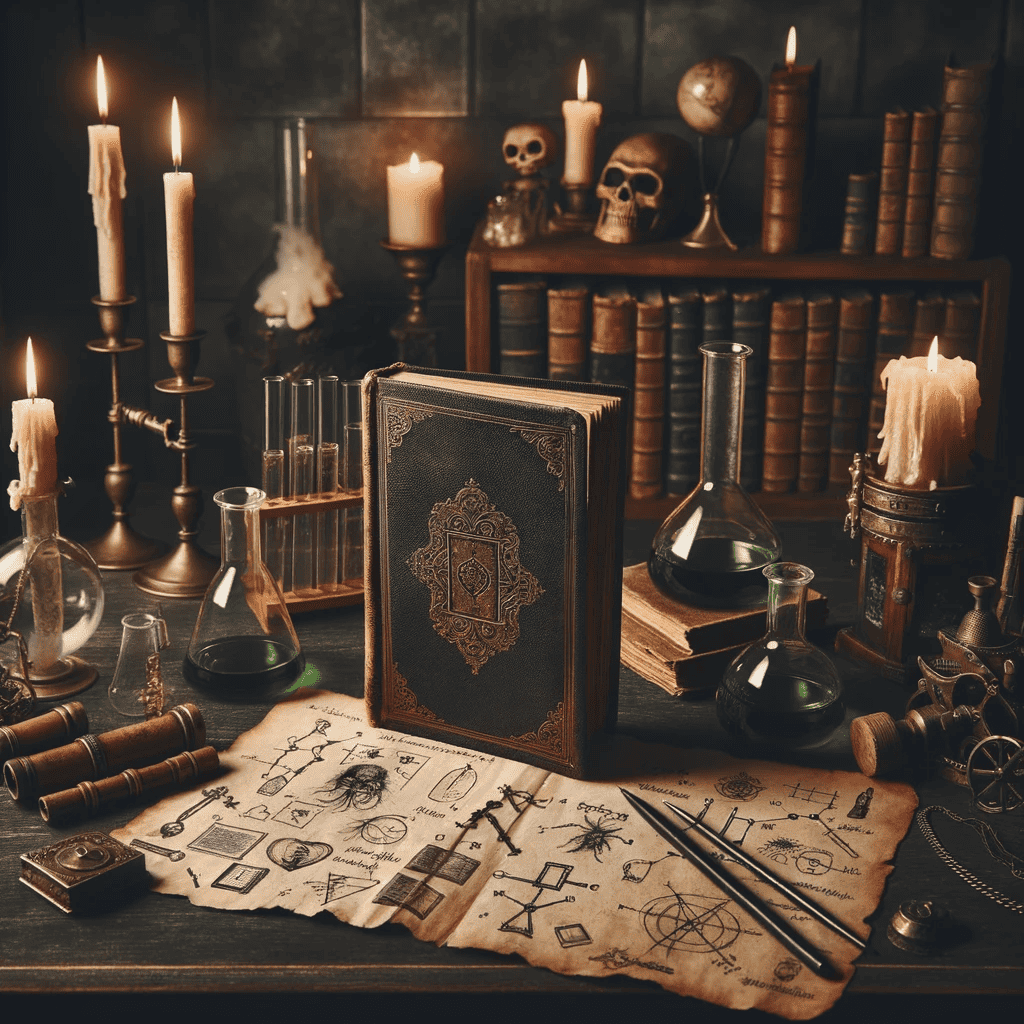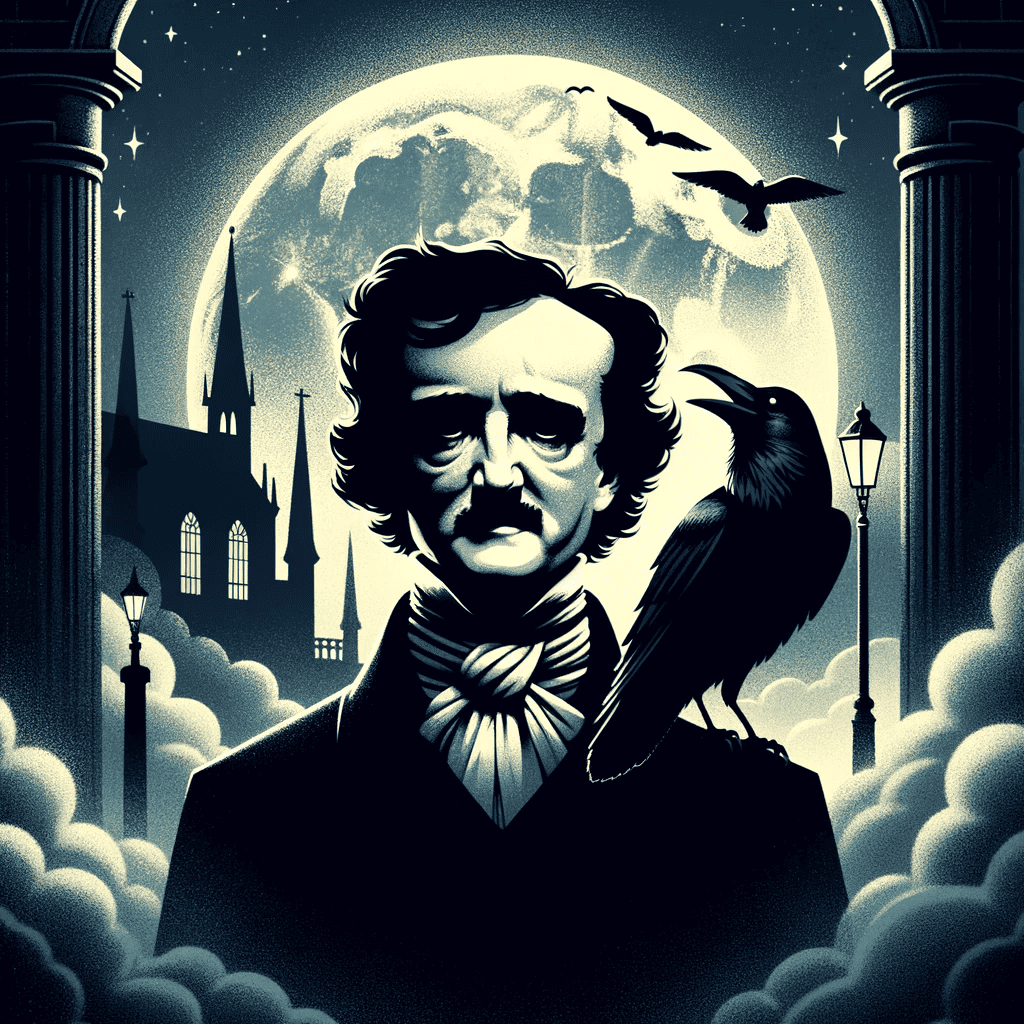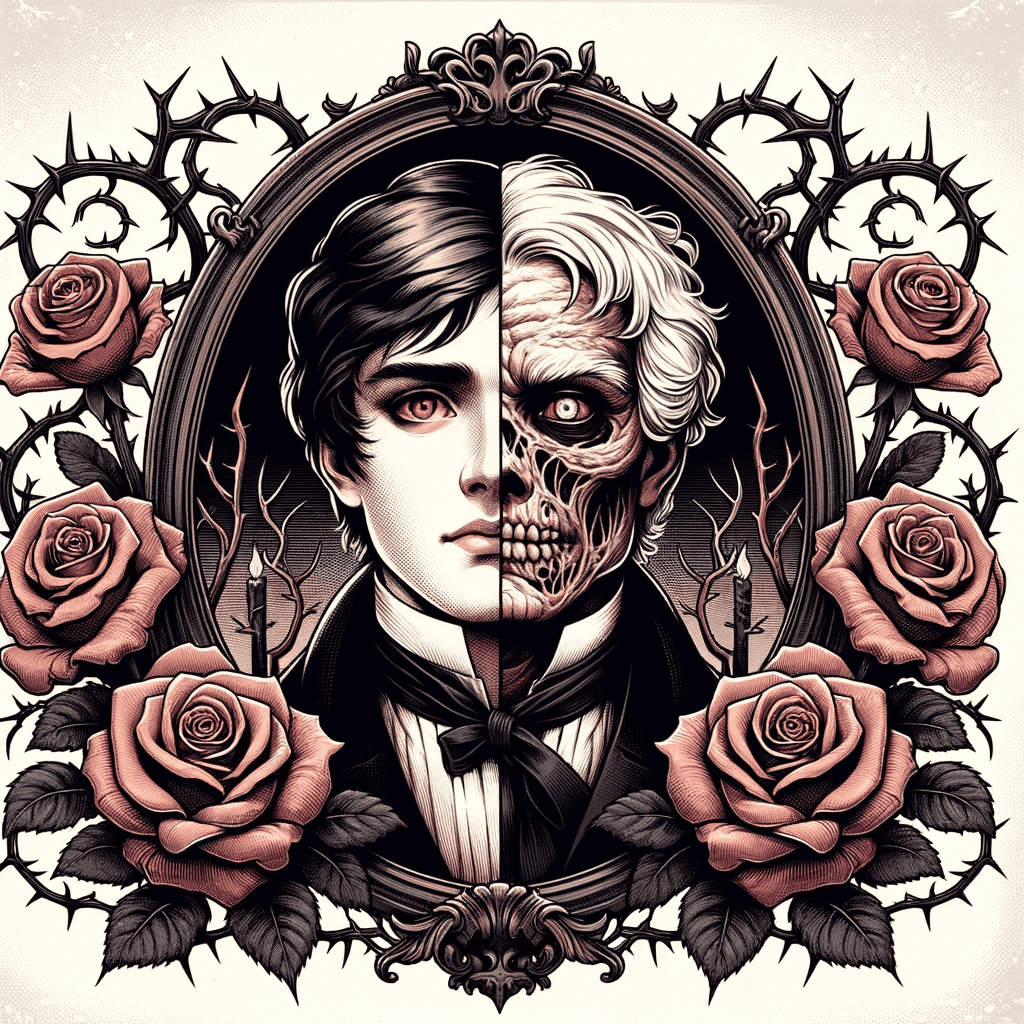
As Halloween approaches, many of us are drawn to stories that both terrify and tantalize. Beyond the surface-level scares and bland, generic horror stories, some literary classics delve deeper into the human psyche, intertwining horror with profound scientific and philosophical ponderings.
Let’s explore a curated selection of spine-chilling classics that have left an indelible mark on horror literature and are excellent books for Halloween. As you settle into the haunting ambiance of October, prepare to embark on a journey through tales that are as thought-provoking as they are terrifying.
The gothic allure of Mary Shelley’s “Frankenstein”
Few novels have captured our collective imagination like “Frankenstein”. This a classic novel in the horror genre that tells the story of Victor Frankenstein, a young scientist who creates a grotesque creature in an unorthodox scientific experiment. But there’s more than just pure horror. The narrative delves into the complex themes of creation, responsibility, isolation, and the consequences of playing with nature.
While many people are familiar with the popularized image of Frankenstein’s monster from movies and pop culture, the original novel offers a much deeper and more nuanced exploration of the character and his creator. The book raises ethical and philosophical questions that are still relevant today, making it not only a chilling tale perfect for Halloween but also a thought-provoking read for those interested in exploring the complexities of human nature and the boundaries of scientific endeavor.
Given its combination of horror elements and profound themes, “Frankenstein” is an excellent choice for a Halloween read, especially if you’re also interested in science.
The unsettling tales in Edgar Allan Poe’s short story collection

Poe is the master of macabre and gothic tales. His stories are infused with elements of horror, suspense, and psychological drama, making them particularly fitting for the spooky atmosphere of Halloween.
The intricate and atmospheric writing style, combined with Poe’s exploration of the darker aspects of the human psyche, makes his stories particularly evocative and haunting. They are sure to provide an eerie ambiance and thought-provoking discussions for those reading during the Halloween season, especially if you’re interested in the interplay between horror and the complexities of human emotion. Here are just some stories that are bound to fit with the ghastly spirit of Halloween:
- The Tell-Tale Heart” – A tale of guilt and paranoia where a man believes he hears the beating of a heart he’s hidden under the floorboards.
- “The Fall of the House of Usher” – A story of a decaying mansion and its mysterious inhabitants, filled with a sense of impending doom.
- “The Pit and the Pendulum” – A harrowing story of a man’s experience of being tortured during the Spanish Inquisition.
- “The Cask of Amontillado” – A chilling tale of revenge where a man lures his enemy into catacombs to seal him away forever.
The mysterious world of Shirley Jackson’s “The Haunting of Hill House”
Shirley Jackson’s “The Haunting of Hill House” is a quintessential Halloween book and is widely regarded as one of the best literary ghost stories ever written. The novel masterfully blends elements of psychological horror with the traditional haunted house narrative.
The Haunting of Hill House tells the story of a small group of individuals, led by Dr. John Montague, who gather at the eerie Hill House to investigate its rumored supernatural phenomena. As the story unfolds, the house’s oppressive atmosphere and unsettling events begin to take a psychological toll on its inhabitants.
Jackson’s writing is atmospheric and exquisitely subtle. Rather than relying on overt horror or jump scares, she builds a pervasive sense of unease and dread through her detailed descriptions of the house and the complex inner lives of her characters. The novel delves into themes of isolation, fear, and the line between reality and the supernatural.
Bram Stoker’s “Dracula”

Bram Stoker’s “Dracula” is another quintessential Halloween read. This classic novel introduced Count Dracula and established many conventions of subsequent vampire fantasy.
Dracula is written in an epistolary format, composed of journal entries, letters, and newspaper articles, which lends an air of realism to the tale. The story follows the experiences of several characters, including Jonathan Harker, Mina Murray, and Dr. Van Helsing, as they confront the menace of the vampire Count Dracula. You dive into the world of the most famous vampire of all time, Count Dracula, as he leaves Transylvania and wreaks havoc in London, pursued by Professor Van Helsing.
The novel delves into themes of fear, temptation, and the clash between modernity and ancient evil. Stoker’s portrayal of Dracula as a charismatic but predatory villain has made him one of the most iconic figures in horror literature. The atmospheric setting, ranging from the eerie landscapes of Transylvania to the foggy streets of Victorian London, further enhances the gothic horror of the tale.
Robert Louis Stevenson’s “Strange Case of Dr Jekyll and Mr Hyde”
Nothing is more human than the duality of our soul, and few novels (if any) showcase this like Jekyll and Hyde.
The story revolves around Dr. Henry Jekyll, a well-respected scientist who, in his experiments, creates a potion that transforms him into Mr. Edward Hyde, a malevolent alter ego. As Jekyll continues to indulge in his darker desires through Hyde, the transformations become more frequent and uncontrollable, leading to tragic consequences.
Stevenson’s narrative is both thrilling and thought-provoking. The atmospheric, fog-laden streets of Victorian London provide a fitting backdrop for the tale’s exploration of identity, morality, and the limits of scientific experimentation.
Oscar Wilde’s “The Picture of Dorian Gray”

While it’s not a traditional horror story, “The Picture of Dorian Gray” contains elements of the macabre, the supernatural, and the consequences of unchecked hedonism, making it a fitting read for the season.
Wilde’s only complete novel tells the tale of Dorian Gray, a handsome young man who has his portrait painted by the artist Basil Hallward. Under the influence of the cynical Lord Henry Wotton, Dorian wishes that he could remain forever young while the portrait ages in his place. To his astonishment, his wish comes true. As Dorian indulges in a life of debauchery and moral decadence, his portrait becomes increasingly grotesque and aged, reflecting the corruption of his soul, while Dorian himself remains youthful and unblemished.
H.P. Lovecraft’s works, especially “The Call of Cthulhu”
H.P. Lovecraft’s works are some of the most iconic in the horror genre, making them perfect for Halloween reading. Lovecraft is known for his creation of what has come to be called “cosmic horror,” which emphasizes the insignificance of humanity in the face of vast, indifferent, and often incomprehensible cosmic entities.
Lovecraft’s unique brand of cosmic horror is showcased in stories where unknowable ancient deities and the sheer vastness and mystery of the universe drive humans to madness.
For those looking for chilling tales that delve into existential horror and the mysteries of the cosmos, H.P. Lovecraft’s works are an excellent choice for Halloween, especially for a general audience interested in stories that challenge the boundaries of reality and human comprehension.









